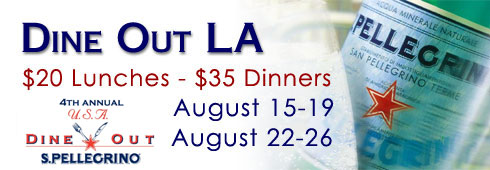In honor of my beloved Nawhlins

I'm just devestated...simply devestated. My heart breaks watching the ruin of one of the world's greatest cities for food and fun.
New Orleans Pralines
(pronounced praw-leens)
1/4 stick of butter
1-1/2 cups light or dark brown sugar(firmly packed)
1-1/2 cups granulated white sugar
1 cup of milk
1 teaspoon vanilla extract
1-1/2 cups pecan halves
dash of salt
Combine brown and white sugars, milk and salt in a heavy saucepan and stir over medium heat. Cook and stir until candy thermometer inserted in syrup mixture reaches 230 degrees OR until a drop of the hot mixture placed in a cup of ice cold water forms a soft ball. If using "soft ball" method, it is better to cook the mixture too long than not long enough.
When ready, turn off stove and let cool until the candy thermometer reaches 200 degrees OR until the mixture begins to get cloudy. Stir in butter, vanilla and pecans.
Drop by spoonfuls about the size of a cookie onto a buttered surface or aluminum foil, making sure there are pecans in each spoonful. The syrup will spread, then harden to a crusty, cloudy consistency.
If the syrup hardens in the pot or forms a crust on the sides, simply warm it up on the stove.
You can find many more recipes for pralines at Epicurious.com. As you eat them, remember the joy and wonder of the city that is New Orleans.
































